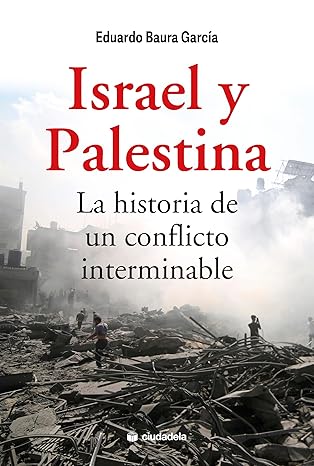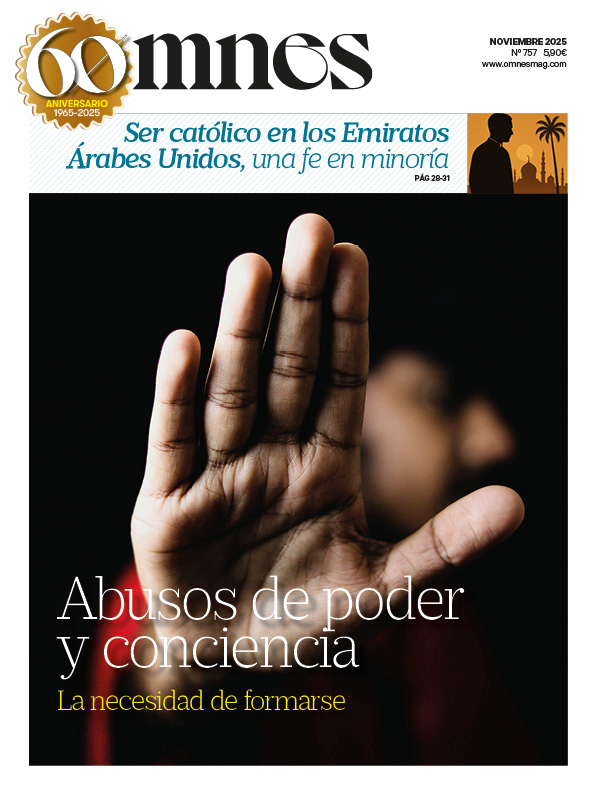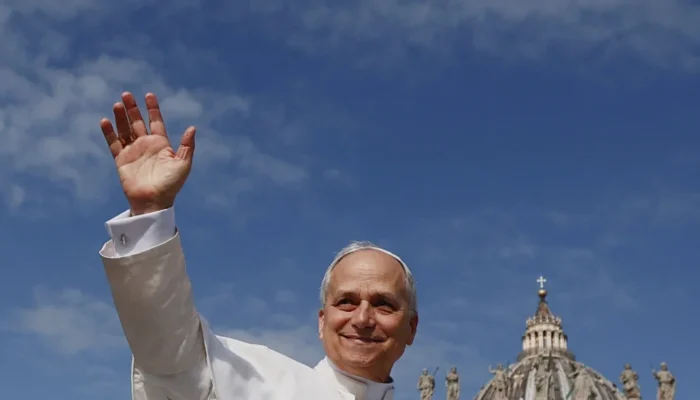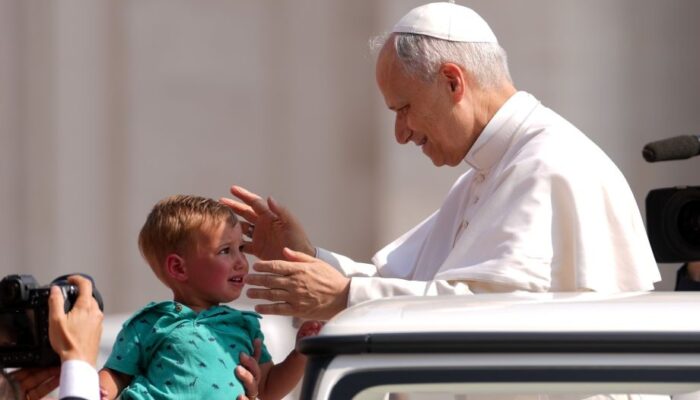Rare is the day that does not bring news of the endless conflict between Israel and Palestine. Reality entangled by the branches of this "dense forest" in the Middle East, which generates confusion, rejection and compassion. And that inevitably precipitates many to one side or another -few are those who are saved-, by the biased and unconnected knowledge that we have of this reality. Since the "chapters" of this "series" without a final season, do not follow the expected order to achieve peace, but the one dictated by hatred and revenge, and the desire to achieve their goals.
It is also rare, perhaps not as rare as the "endless history" of this armed struggle, to find a person who is knowledgeable about this complex reality, and who knows how to explain it in a synthetic and, to top it all, non-partisan way. That is why the book "Israel and Palestine. La historia de un conflicto interminable" by Eduardo Baura García in ediciones Ciudadela, is a wonderful novelty, very valuable. How to summarize in such a fortunate way such a complex reality? What is the key to clarify the most fundamental facts that have caused this "Semitic hornet's nest"? It lies in the author's knowledge and communicative skills.
Baura (Madrid, 1986) holds a degree in Humanities, a PhD in Medieval History from CEU San Pablo and is also an adjunct professor of contemporary history at the same university. He has three master's degrees in different subjects from various universities and is the author of multiple publications. In this book he shows his deep knowledge of this topical subject and his pedagogical skills to explain it in a clear and direct way. His pen is light, which makes the book an agile, pleasant and essential reading, ideal for any moment.
Structure of the work
It begins with the biblical accounts that allow us to understand the origin of the Semitic peoples, specifically the Jews and the Arabs. And the legitimacy argued by both to claim this territory as theirs since ancient times.
Later he explains how, curiously, the monotheistic religions are intimately linked to the legendary Holy City (Jerusalem), threefold. For Christians, it is the place where Jesus Christ, the Son of God, was tortured and killed on the cross. It is also holy for the Jews, because it is the land promised by God to Abraham, and because it is where the rock is where he almost sacrificed his son Isaac, on Mount Moriah. And it is also for Muslims, because next to this rock, which is inside the Dome of the Rock (in the esplanade of the mosques, where the famous Al-Aqsa is also located), is the place where, according to Islamic tradition, Muhammad ascended to Heaven on a winged horse, Buraq.
But most of the book focuses on the beginning of the interminable conflict, when the Ottomans lost Palestine to the British, after the conflict of World War I. It also pays attention to the development, after many political, military and all kinds of actions, of the Zionist movement. And it also pays attention to the development, after many political, military and other actions, of the Zionist movement. This lobby demanded a nation for the Jews, after the anti-Jewish movements that had taken place mainly in Europe, during the last decades of the 19th century and the first decades of the 20th century.
Zionist movement
This political-cultural movement succeeded in getting Palestine to welcome this people, under the name of Israel. It was on May 15, 1948, under the impulse of its first president, David Ben-Gurion. With the passage of time, this Middle Eastern nation has managed to have access to the Mediterranean Sea and the Red Sea, almost 10 million inhabitants, 22,000 square kilometers, where Muslim Arabs, Christians, Druze and Samaritans live. They consider Jerusalem to be their capital, although the financial center is in Tel Aviv-Yafo and the largest industrial center is in Haifa. The country's main sources of financing are the production of cut and polished diamonds, the manufacture of chips, as well as other products. It is also noted for its tourism.
Israel's dispute for the same territory with Palestine (mostly Arab), whose dominion is reduced to the West Bank (including East Jerusalem) and the Gaza Strip (it is not known for how long), makes this place a "hornet's nest", since the dispute has international dimensions, due to the support received from countries defending the interests of each side.
The author's conclusion is clear, this conflict has a difficult or impossible solution in a fair way and therefore makes it endless. At the end of the book he provides a list of essays, novels, films, documentaries and series that facilitate a deeper understanding of this reality.
Israel and Palestine. The history of a never-ending conflict









